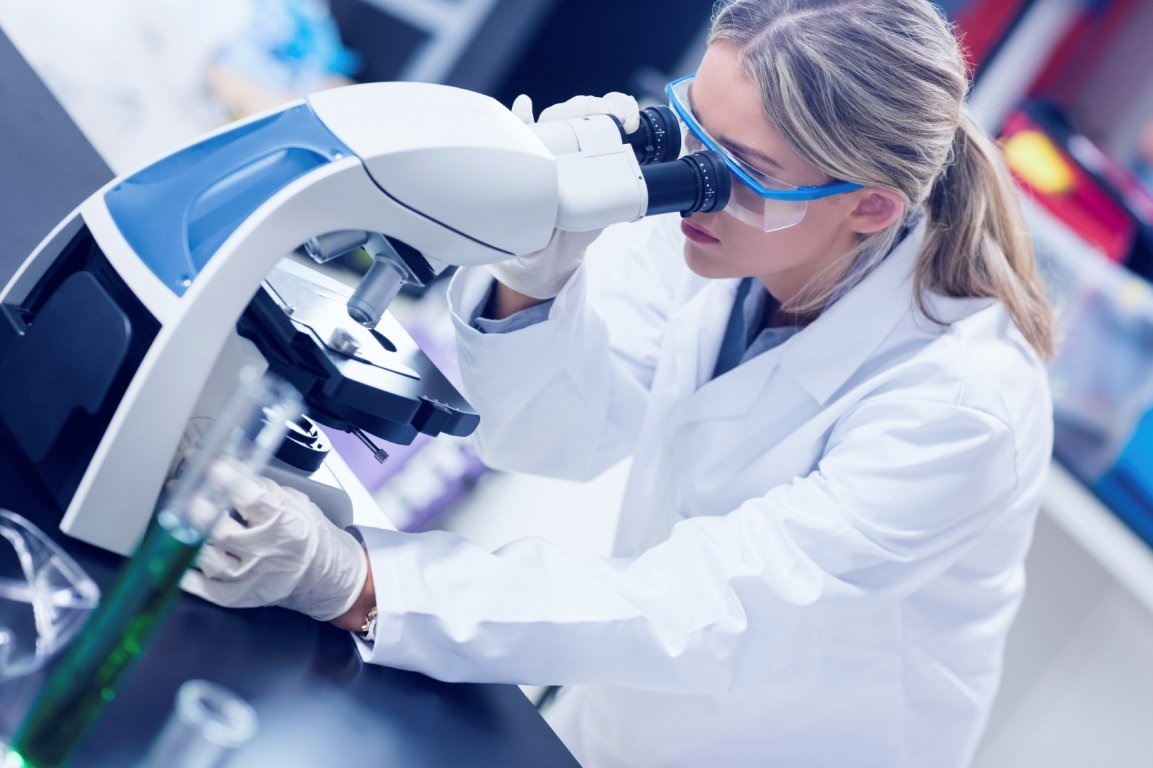
Forensic science has become increasingly popular in recent years, thanks in part to the popularity of crime dramas and documentaries. However, there are many myths and misconceptions surrounding the use of forensic science in solving crimes. This article will explore the role of forensic science in solving crimes, separating fact from fiction.
Myth: Forensic science can solve any crime.
Reality: Forensic science is a valuable tool in solving crimes, but it is not a panacea. There are many factors that can impact the effectiveness of forensic evidence, including the quality of the evidence itself, the conditions under which it was collected, and the expertise of the forensic analysts involved. Additionally, there are some types of crimes that are simply more difficult to solve using forensic evidence, such as crimes committed by serial killers or other highly organized offenders.
Myth: Forensic evidence is always reliable.
Reality: Forensic evidence is subject to a range of limitations and biases. For example, forensic analysts may be influenced by their own beliefs or expectations, which can impact the way they interpret evidence. Additionally, forensic evidence can be subject to contamination, which can compromise its reliability. In some cases, forensic evidence has been found to be completely unreliable, such as bite mark analysis or hair microscopy.

Myth: DNA evidence is infallible.
Reality: While DNA evidence is highly reliable, it is not infallible. Errors can occur at any stage of the DNA testing process, from the collection of the sample to the interpretation of the results. Additionally, DNA evidence is not always available or relevant in every case. In some cases, other types of forensic evidence, such as fingerprints or ballistics, may be more useful.
Myth: Forensic evidence always leads to a conviction.
Reality: Forensic evidence is just one piece of the puzzle in solving crimes. It is up to the prosecution to use this evidence effectively in court, and to convince a jury beyond a reasonable doubt that the defendant is guilty. There are many factors that can impact the outcome of a criminal trial, including the quality of the evidence, the skill of the lawyers involved, and the biases of the jury.
Myth: Forensic science is a perfect science.

Reality: Forensic science is not a perfect science. While it has come a long way in recent years, there is still much that we do not know about how various types of evidence are produced, how they degrade over time, and how they interact with different surfaces and environments. Additionally, new forensic techniques and technologies are constantly emerging, which means that forensic science is a field that is constantly evolving.
The role of forensic science in solving crimes is complex and multifaceted. While it is a valuable tool in the fight against crime, it is not a perfect science, and there are many myths and misconceptions surrounding its use. By understanding the realities of forensic science, we can work to improve its effectiveness and ensure that it is used in a way that is both ethical and effective.









